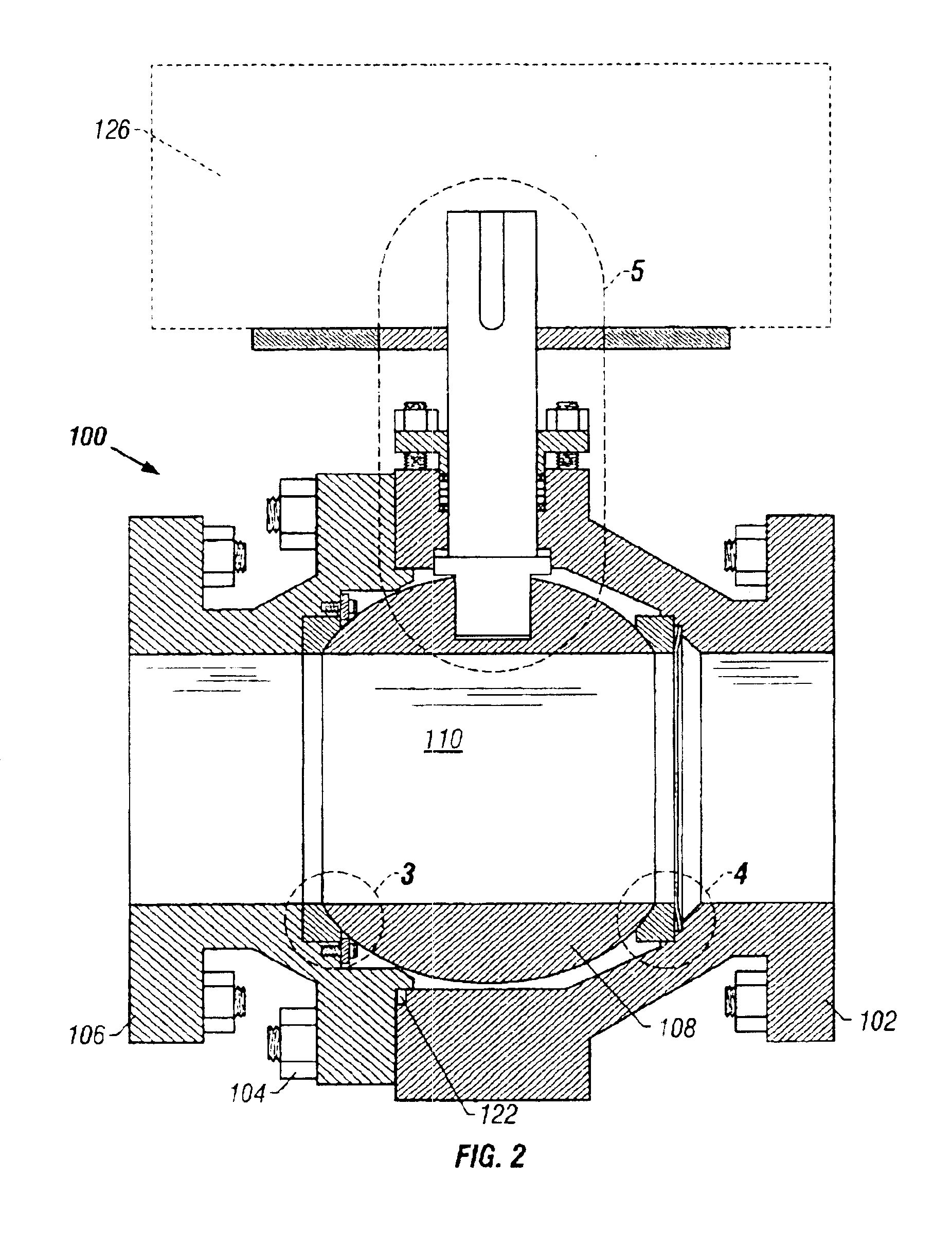Nanostructured titania coated titanium
a technology of titania coating and titanium balls, which is applied in the direction of niobium compounds, natural mineral layered products, dissolving, etc., can solve the problems of high temperature, acid corrosion, and high corrosive environment of ball valves and other components used in the nickel-cobalt high-pressure acid leach process, etc., to achieve low operating torque, easy maintenance, and high corrosion resistance
- Summary
- Abstract
- Description
- Claims
- Application Information
AI Technical Summary
Benefits of technology
Problems solved by technology
Method used
Image
Examples
examples 2 and 3
The procedure of Example 1 is repeated, except that the powder is a mixture of 80 volume percent titania nanoparticles and 20 volume percent Ta.sub.2 O.sub.5 nanoparticles (Example 2), and 55 volume percent titania and 45 volume percent zirconia nanoparticles (Example 3). Relative to the nanostructured titania, the coated valve parts have excellent abrasion resistance (ASTM G-65), sliding wear resistance (ASTM G-77), slurry erosion resistance, tensile adhesion (ASTM C-633), microhardness, and / or corrosion resistance as determined by conventional X-ray diffraction, scanning electron microscopy, electron probe microanalysis, electrochemical analysis and / or pilot autoclave study.
example 4
An agglomerated ultrafine composite powder for thermal spray application was produced by: 1) milling mixtures of commercial (micron size range) TiO.sub.2 and 20 volume percent Ta.sub.2 O.sub.5 powders down to below 300 nm particle size range; and 2) spray drying with appropriate (1 to 6 weight percent of total solution) organic binders to form spherical agglomerate powder. The milling was carried out in an aqueous-based liquid medium with 30 to 35 weight percent solids. Organic binders used in spray drying included polyvinyl alcohol (PVA) or carboxymethyl cellulose (CMC). The spray-dried powder consisted essentially of spherical agglomerates, in the size range of 10 to 30 .mu.m.
example 5
An agglomerated ultrafine composite powder for thermal spray application was produced by milling mixtures of commercial (micron size range) TiO.sub.2 and 45 volume percent ZrO.sub.2 powders down to below 300 nm particle size range and spray drying with appropriate (1 to 6 weight percent of total solution) organic binders to form spherical agglomerate powder. The milling was carded out in an aqueous-based liquid medium with 30 to 35 wt % solids. Organic binders used in spray drying included polyvinyl alcohol (PVA) or carboxymethyl cellulose (CMC). The spray dried powder consisted essentially of spherical agglomerates, in the size range of 5 to 45 .mu.m.
PUM
| Property | Measurement | Unit |
|---|---|---|
| grain size | aaaaa | aaaaa |
| thickness | aaaaa | aaaaa |
| size | aaaaa | aaaaa |
Abstract
Description
Claims
Application Information
 Login to View More
Login to View More - R&D
- Intellectual Property
- Life Sciences
- Materials
- Tech Scout
- Unparalleled Data Quality
- Higher Quality Content
- 60% Fewer Hallucinations
Browse by: Latest US Patents, China's latest patents, Technical Efficacy Thesaurus, Application Domain, Technology Topic, Popular Technical Reports.
© 2025 PatSnap. All rights reserved.Legal|Privacy policy|Modern Slavery Act Transparency Statement|Sitemap|About US| Contact US: help@patsnap.com



